Prof. Mayumi Kuwahara
Tohoku Fukushi University
1. INTRODUCTION
Our research team has been conducting two field surveys in Vietnam (one in Hai Phong and one in Thanh Hoa) to investigate the current situation of victims of Agent Orange (AO) from the Vietnam War. In the previous conference held in 2016, Norifumi Namatame presented the research results of the project team in Hai Phong City. This paper is based on our work in Thanh Hoa.
Overall analysis and detailed discussion of the interviews will be presented at another time. This paper focuses on gender-related issues, specifically the burdens faced by women caring for families impacted by AO.
As seen in the Sustainable Development Goals (SDGs), opportunities to speak out about gender issues are increasing, and gender-related movements around the world are becoming more active. At the same time, in many countries and regions, traditional gender roles remain largely unquestioned. Unfortunately, traditional acceptance of such roles can mask extraordinary burdens imposed by special circumstances. A case in point is the plight of Vietnamese women caring for families suffering the effects of AO—a plight that the international community should not ignore simply because these women are carrying out their traditional roles. Compounding this problem is the fact that it is often difficult for these women to speak up and raise awareness or seek help, even if it were available.
Here, we will describe the interviews we conducted and discuss specific cases highlighting this issue.
Including VAVA staff members who accompanied us, our survey team consisted of four men (one Vietnamese and three Japanese) and two Japanese women, for a total of six people, plus one male Vietnamese interpreter. When we conducted interviews with victims and their families, the female interviewees’ comments were generally positive. They indicated that their neighbors were sympathetic to mothers of disabled children; for example, “Even if a disabled baby was born in the family, the people around me understood and helped me.” However, these mothers had not experienced such a stressful interview, surrounded by up to a dozen people, and we suspected that answers often did not reflect candid emotions.
 |
Parenting involves an array of difficult tasks not easily described in words. But most mothers in the world spend their days with no wish to escape such difficulties, relishing the happiness of having a child. Mothers of disabled children face not only the additional challenges of caring for the special needs of their children, but also the prejudice of some in the community. However, if a mother speaks up about these difficulties, she may be seen as a complainer, blaming others for her own inadequacies. So they are hesitant to complain about their real situation because they are in a “normal” role, but this is actually an extraordinary situation. As a result, many mothers tend to try to respond that they are happy playing an ideal role as a mother, supported by understanding people.
In spite of this fact, carefully observing the words and facial expressions of mothers in our interviews, we often wondered if they had not yet spoken their true feelings. In fact, some became tearful and unable to continue. Therefore, when possible, after regular interviews with the larger group, a couple of us tried to continue more personal conversations with mothers, eliciting unexpressed concerns and/or the feelings behind their tears. These extended interviews did, in fact yield a much clearer, more detailed sketch of these women’s struggles than the picture painted in regular interviews based on the beforehand-prepared questionnaire. This included, not only women suffering from AO-related maladies, but also women marrying into families affected by AO.
2. METHODOLOGY
Our survey was made possible thanks to the full cooperation of VAVA. We conducted the survey for seven days, visiting 18 preselected households and interviewing more than 40 residents. When possible, the victims themselves were interviewed, and when not available, the victims’ family members were interviewed. Our careful interviews through an interpreter took about two hours for each household as an interviewee.
The main survey items are as follows:
- Family structure (name, gender, age, relationship, educational history)
- Circumstances of exposure to AO (timing of enlistment and discharge, service area, time period and area of exposure to AO, specific incidents of exposure, time when exposure was noticed, health condition before enlistment and now)
- Difficulties that the exposed person is facing (hereditary effects on children, grandchildren and great-grandchildren ・ censure from neighbors based on belief that AO related diseases represent divine punishment or karma ・ presence or absence of abnormalities during pregnancy and childbirth, etc.)
- AO-related maladies
- Severity of symptoms
- Access to medical checks by a doctor?
- Access to medical treatment and/or rehabilitation programs? (related to income?)
- Individuals caring for AO victims
- Opposition to long-term care by non-family members
- Length of time needed to gain government certification
- Degree of difficulty in certification procedure
Situation regarding family members with inherited diseases (gender, relationship, time symptoms were first noticed, current health status)
- Inherited disease(s) of family member(s) (time of onset)
- Family members examined by a doctor?
- Severity of symptoms among family members
- Status of support (financial support, equipment, treatments)
- Occupation, Income, Living expenses of the family (food expenses, educational expenses, medical expenses, ceremonial occasion expenses)
- What you do when you don\'t have enough income
- Land owned
- States of living circumstances
- Human relations in the local community and Vietnamese society
- Current worries
- Requests to the government, community, and other societies (in Vietnam and from overseas)
3. CASE STUDIES
Here, we report on the cases of two families with particular problems.
(1) Case One
In the first case, the interviewee’s father is an officially recognized AO victim, and the interviewee— his eldest daughter—is also recognized. She has three children (aged nine, five, and two). They are extremely poor. Her husband visits them only about twice a year; sometimes giving them money, sometimes not. She cannot contact with her husband on a daily basis, and his residence is unknown, so she receives no help from him in her daily life. She lives separately from her parents and receives no help from them, financial or otherwise. Her only regular income is the monthly AO victim allowance. Their food is limited to rice, homegrown vegetables and some fish that can be caught in a nearby pond. They have two meals a day—usually rice and vegetables, sometimes rice and fish. The family had six chickens for sale in the market, but they could not afford to eat these themselves. This woman makes extra money selling fish from the pond in the market and helping people move house. Lack of money appears to be her largest concern, as she burst into tears relating her financial situation. She said that eight years ago she had been having headaches and suddenly lost her eyesight on the right side. Three children were innocently playing around us during the interview and looked normal and healthy, but all of them are suspected of having a brain disorder. In particular, the nine-year-old eldest daughter and five-year-old second daughter tried to go to school but could not study and dropped out. Their mother explained that she was told they could come to school to play, but would not be able to join the other children for class time. When we handed over some paper and a ballpoint pen that we had, they were delighted and wrote something. Asking a Vietnamese colleague what they were trying to write, he could not read it. He said that they were probably trying to write their names. It seemed as if they were trying to imitate what adults were doing. Despite her tiny income, this mother is raising her three small children alone, relying solely on the food available around her home. Having lost her right eye, she has difficulty getting regular work, and will clearly be in a difficult position if food is cut off. With no support from her parents or husband, she and her children are largely isolated from society, living from hand to mouth. It appeared that this mother could not even think about the future of her three children. This family needs immediate support.
(2) Case Two
In the second case, the father was officially recognized as a first-generation AO victim but had already died. The interview was mainly conducted with his wife, their second son (a recognized second-generation AO victim), and the second son’s wife. The household consists of the three mentioned above, along with the eldest son (with intellectual disabilities), and the second son’s three children, for a total of seven residents. Although the eldest son has intellectual disabilities, he is able to work and earn some income when he is in good physical condition. However, the second son, an AO victim, is unable to work due to mental and physical disabilities. His mother and his wife are responsible for most of the household chores. Furthermore, the second son’s eldest son (third generation) has a congenital handicap, and because of his mental and physical disabilities cannot move by himself nor attend school because of his mental and physical disabilities. This household has little income other than AO allowances, and though they are growing rice for home consumption, they are unable to supplement their income further.
Due to above situations, a particular burden falls on the second son’s wife. It is hard to imagine the emotional and physical toll of caring for a profoundly disabled child, raising two toddlers, caring for a disabled husband, and looking after her intellectually disabled brother-in-law; not to mention handling most of the household chores and raising food to support a family of seven. She is dealing with all these burdens, but hiding the anxiety that they are creating within her. This is actually an all too common situation for women marrying into AO-affected families, with the heaviest burden often falling on the wife of the eldest son.
Particularly poignant was the testimony of the second son’s wife. Her first son was born with a congenital disorder, although there were no warning signs during pregnancy, the doctor detected no abnormalities and she had a normal childbirth. She said she worried about the future of her son and cried. In our extended interview, she tearfully said she subsequently had an abortion when she was warned that her second, unborn child could be affected by AO. Her eldest daughter, 5 years old, and second daughter, 3 years old, have so far shown no serious problems, but tend to be sick, are taking various kinds of medicines, and are very small for their age. They are nearing school age, and their mother, in tears, expressed her fears that some sort of negative effects would emerge in them, as well. Nonetheless, if she becomes pregnant and a doctor suspects no negative effects from AO, she said she would like to give birth again.
This woman’s story highlights the difficult situation of mothers in AO-affected families. If a child is born with or develops a handicap, mothers often look first to themselves and what mistakes they may have made during pregnancy. While strongly suspected, causal relationships between AO and prenatal defects or later development of physical and mental handicaps have not been proved. Lacking a scientifically established link between AO and disability, mothers are left wondering if it is their fault—a feeling reinforced by still common beliefs that a child’s disabilities are in some way a punishment for parental misbehavior.
4. OBSERVATIONS AND RECOMMENDATIONS
The difficulties highlighted in the two cases described above are not at all unique to them. In most households surveyed in Thanh Hoa, three generations live together, breadwinners are few, income is low, and medical expenses are large. As a result, income rarely meets living expenses and large debts accumulate. Even if an employment opportunity arises for an able-bodied member, she may be unable to take it because there is no money to hire another caretaker for the family. In addition to household chores and caregiving, some women also engage in agriculture, but bedridden family members are often left unattended while they tend to crops. In a three generation family, if the first-generation woman, though old and/or disabled, can still do the housework, her daughter-in-law (second-generation) will need to earn income outside the home. Thus, almost all housework and caregiving typically fall on the one at least minimally able-bodied woman who does not work outside the home. Depending on the situation, this is either a first-generation or a second-generation woman. Many of these women and their families are in dire need of welfare support to meet labor and emotional needs, with particular attention to easing the mental and physical burdens related to pregnancy and childbirth.
In discussing the two cases above, we mentioned prejudice in the surrounding community. Other interviewees also mentioned that their disabled children had been told, “You are punished by the gods because your parents did something wrong,” or \"You have a handicap because your family are stupid.” Moreover, people sometimes call a disabled child “fool” or “pig,” or openly wonder, “Is your disability really due to Agent Orange?” Survey responses also indicate that disabled children are commonly isolated in the community, and are not allowed to join their class at school.
Multiple mothers also related their experiences with problematic pregnancies and birth defects in their children. Some had experienced stillbirth or premature birth more than once. Related conditions included skull defects, limb defects, and anencephaly. Some women were advised by doctors to give up any subsequent pregnancies. In one case, although a boy was healthy at the time of childbirth, he suddenly became unable to walk at the age 3 and became bedridden at age 5. Another individual suddenly developed symptoms in his late twenties, which eventually necessitated admission to a support center managed by the Thanh Hoa province. In households raising girls, some grandparents and parents tearfully confessed their anxiety about these girls and their future ability to bear healthy children.
It is not easy for mothers to release such mental distress in the midst of a harsh daily life in which they often toil alone. To address this, first and foremost, some kind of welfare assistance that can relieve the daily isolation of these mothers and children is required. For example, it would be meaningful to provide a place where families and in similar situations can gather—where parents can speak with one another about their experiences and feelings, and where children can play in a space where they will not be discriminated against. As victims are scattered over a wide area, it is important that public institutions should make such plans on a provincial basis.
One member of a rather poor family said, \"I will be very happy to receive support in money and goods, but I don’t have to. Rather, I like to see my children play with their friends. I\'m glad to just know that people like you are interested in us.” Mental/emotional care for the poor, in addition to financial support, is essential. In particular, public support for full-time homemakers who are also caring for disabled family members is critically needed.
Secondly, it is necessary to efficiently give official recognition to potential AO victims in the third and even fourth generations and establish a method for proper recognition as AO victims.
During the 2017 survey, we visited the headquarter of VAVA in Hanoi and learned about the situation in a certain province. Among people in the province who have symptoms that appear to be AO related, fewer than 70% are officially certified. Nearly 30% are not recognized due to inadequate documentation. Also, of those who are recognized, first and second generation victims account for about 50% each, with no third generation victims recognized. There are many children who appear to be to be third generation AO victims, but have not been recognized. Since maladies often appear as children mature, we can assume that their number will increase in the future. It is estimated that the number of victims is probably two to three times greater than the number currently recognized.
Consequently, we conclude that there are remaining issues yet to be solved in the AO support system that need to be addressed, particularly at the certification stage, when authorities make decisions on support. For first generation victims, their participation in the war makes it relatively easy to be certified. But for the second and third generation victims, the criteria can seem questionable or unclear. For example, we heard that brain damage is not accepted as AO-related. In some cases, while grandparents and parents are healthy, only grandchildren have symptoms of AO effects. These cases illustrate the difficulty in establishing effective and fair certification procedures. Nevertheless, it is important to accurately identify children affected by AO, especially as there are many reports of apparent fourth generation cases, and it is expected that the number of such cases will grow with time. The difficulty of the situation should not mean that families of AO victims are left to suffer indefinitely, through the generations. We strongly hope that the Vietnamese people and government will move quickly to provide further humane and welfare support so that young children and their mothers can spend their days with improved livelihoods and peace of mind.
Due to the global COVID-19 pandemic, it has been impossible to continue our research in Vietnam. Meanwhile, the situation surely remains harsh for many AO victims. And for those in need of immediate support, as in the cases introduced here, the situation is even more severe. We truly hope that steps can be taken to improve their situation in the near term and that the day will come when we can visit Vietnam again for research, with the aim of helping all AO victims live their days in peace.
REFERENCES
- “The Development of KIKATTO, an Application for Inspection, in Cooperation with Sendai City Fire Department ̶ Practice of the project type education by Government-academia collaboration̶ \" (Japanese), Tohoku Fukushi University, Bulletin of Tohoku Fukushi University, 44 (2020), pp. 57-77.
- \"Development and Evaluation of Health Literacy Assessment Questionnaire; A Survey on Community People and University Students\"(Japanese), Report of Kansei Fukushi Research Institute, Volume 12 (2011), pp. 5-21.
- \"A New Framework for Health Literacy\"(Japanese), Report of Kansei Fukushi Research Institute, Volume 12 (2011), pp. 45-54.




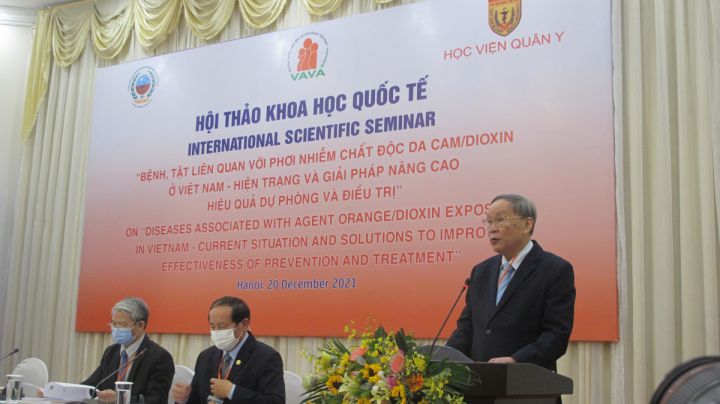

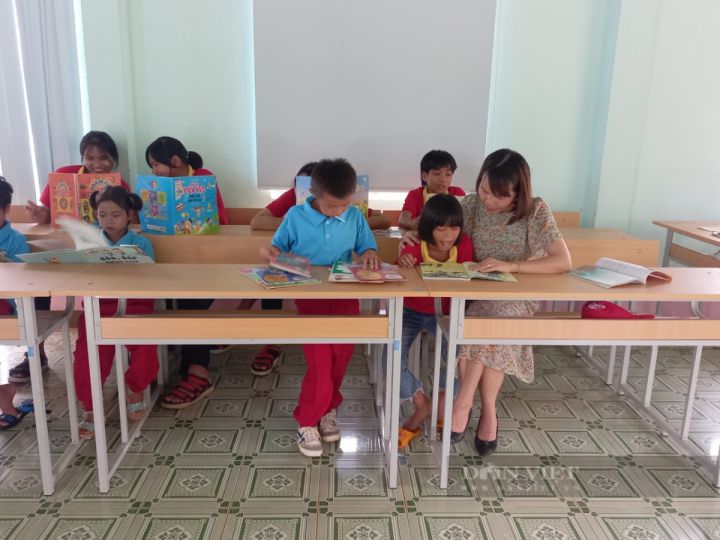
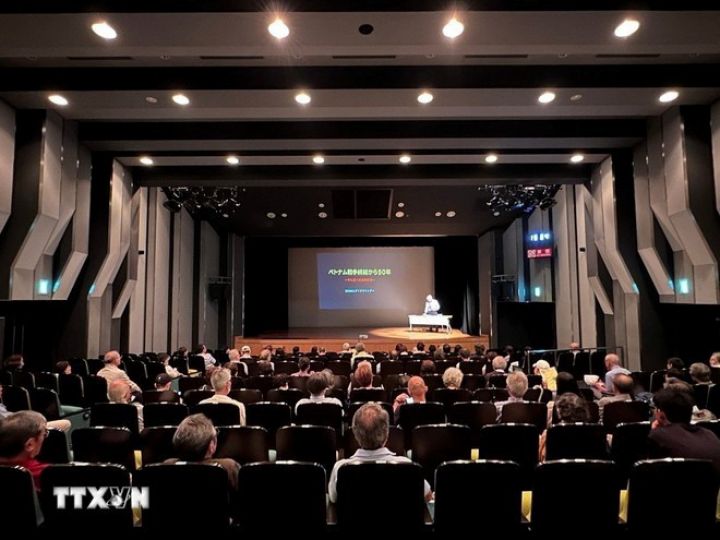


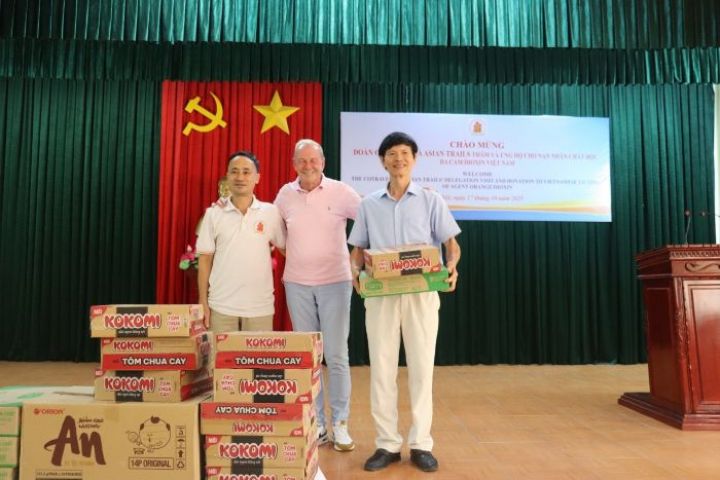












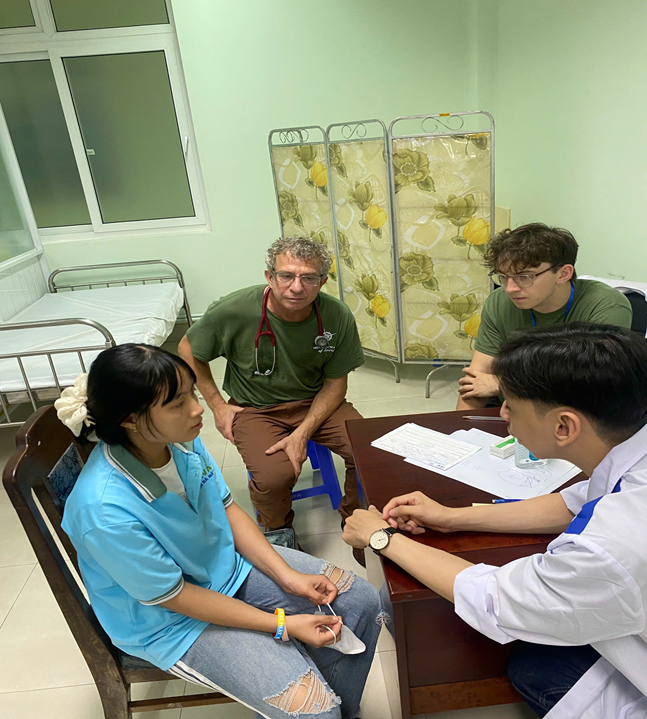
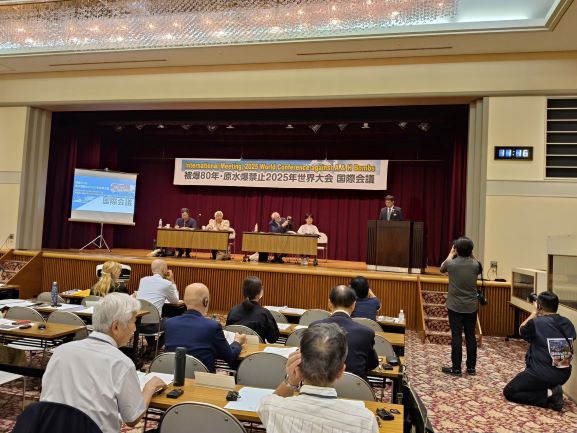
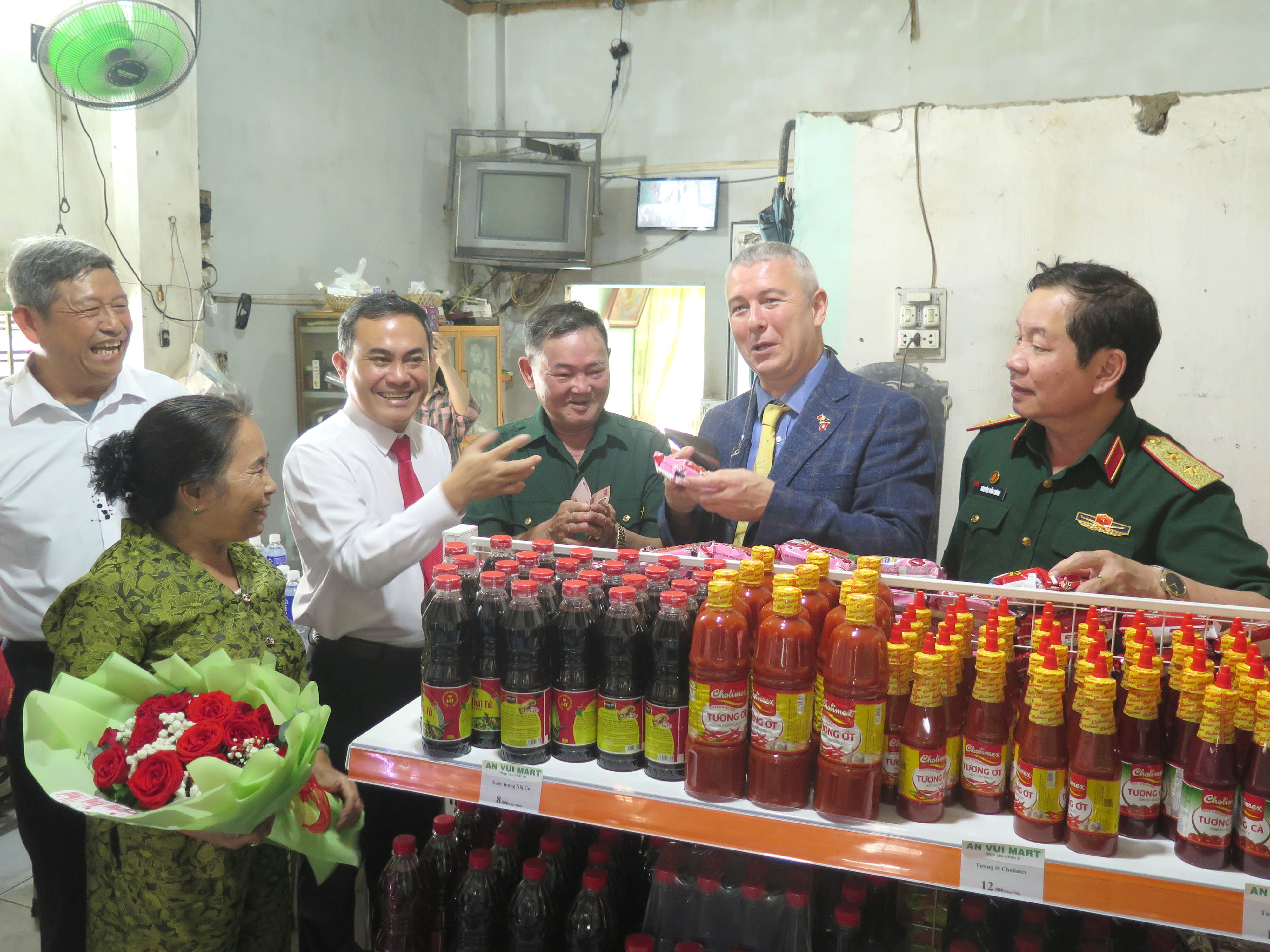
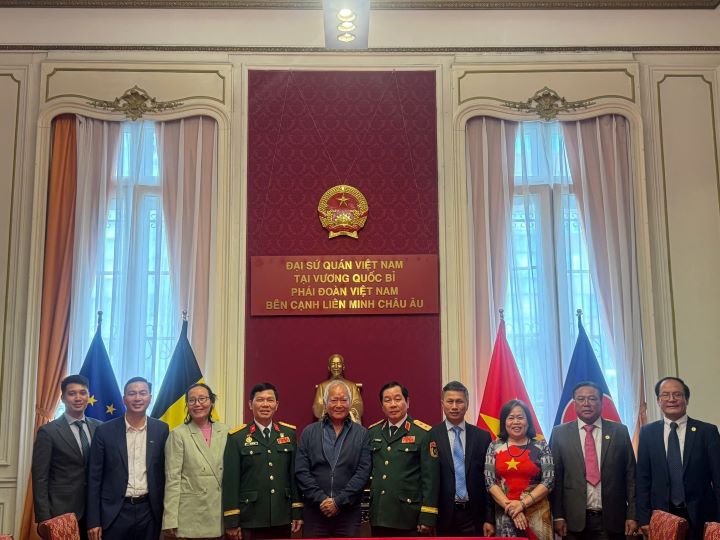

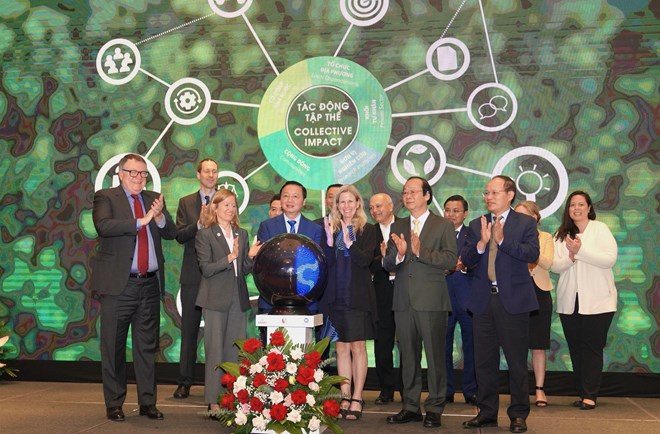




.jpg)
Comment